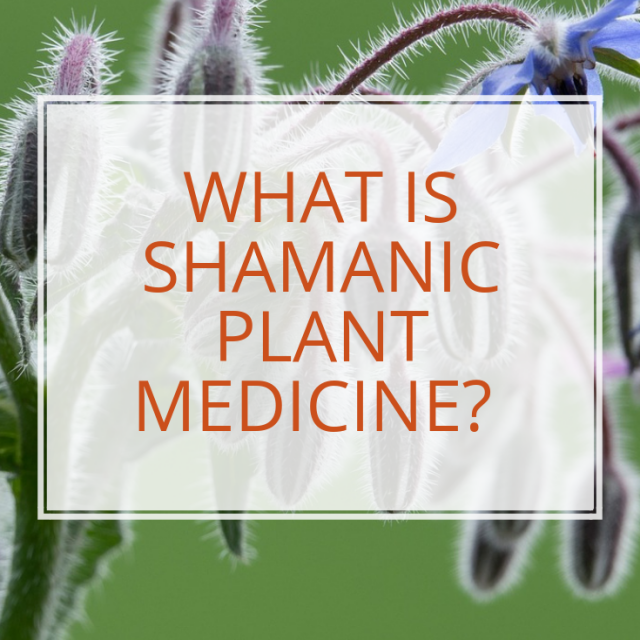It makes my heart sing that shamanic plant medicine, and shamanic plant communication is on the rise. The interest to connect more deeply with nature and the earth, and to look to history to explore what we can learn from our indigenous ancestors is a very good thing. I’ve found these practices fun, interesting and meaningful – they’ve provided me a prism through which I view the events of my life.
This post will do some basic defining of terms and touch on why and how you can benefit from shamanic practice.
What is shamanism, and what is a shaman?
Shamanism is an approach to life, a point of view that has to do with healing. Shamanism is a set of healing practices of ancient indigenous people. A shaman, then, is a practitioner of these practices. The shaman of an indigenous community is a medicine man or woman.
There are hallmarks and common beliefs of shamanic practices around the world, and the commonality is due to the universality of the laws of nature. I’ll focus on the laws of nature in other posts, but just know that there are universal principles of energy and nature (google it to get started!). Here are 2 common beliefs of many shamanic practices and systems share:
- Everything is sacred. Plants, clothing, you, me, our pets, cars and apartments. They all have the potential to contain sacred content. It is all about the point of view that we have about our own lives. IMHO (in my humble opinion) this principle is an invitation to change our point of view of our lives.
- Disease and dysfunction have energetic origins and can be addressed through re-alignment with energy and nature. If we can connect with nature, and understand how it operates and how we operate within it, we can begin to heal from disease, dysfunction and misalignment. This is not to say you will live forever or that it will be easeful, but you can move toward healing.
A related definition:
What and who are indigenous people? Indigenous people are those whose lives are guided primarily by the laws and rhythms of nature. So, the seasons, sunrise and sunset, astrological calendars and the like that draw from nature and the earth determine how life unfolds.
And the big question:
How can these practices help modern people? I love my modern life and science-centric healthcare – I’d be gonzo without it! I love my home and my car and my blog and my MacBook. Love.
Working with flower essences, taking shamanic journeys and connecting energetically with plants and nature remind me of who I am, where I came from, and inform me of how I can be in better alignment with nature.
Nature is an undeniably powerful force.
Shamanic plant medicine, when done without the hierarchy “I am a Shaman” stuff, but is used simply as the collection of practices it is, with the aim of bringing everyday magic into our lives, invites us to live more deeply from our hearts and our energy bodies. We can surf the static and craziness of life a little more easily.
From an evidence-informed perspective, these practices are adjuncts to change – they support us to follow a more healthful life and to live more mindfully and more gently on the earth. They work along with sciences like positive psychology.
We’ll be practicing shamanic journey, and shamanic plant medicine in Costa Rica in February.




Good day . Could you recommend an Organic Certified herb for aching and heavy knee joints with little ‘ spring’ in the joints. I am also looking for detoxification herbs . Thank you very much for your advice. Nice website. Kind regards Biba De Mattia
Hi Biba,
Before making a recommendation for anyone, always best to have a conversation to get a sense of who they are, why they have joint issues and the state of their diet & other lifestyle choices – these factors make a huge difference and often help a lot. Supplements and herbs work better when an anti-inflammatory diet and lifestyle is a base.
That said, there is some decent evidence for glucosamine & chondroitin (I know these are not herbs) – though that combo is more around reducing inflammation & slowing progression of arthritis in joints. For an herb, you might look at horsetail – it’s mineral rich so can be helpful for bones & joints.
Your best course is to find a dietitian-herbalist who can work with you individually. All the best, A